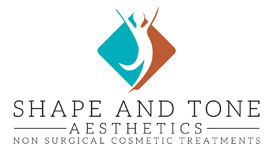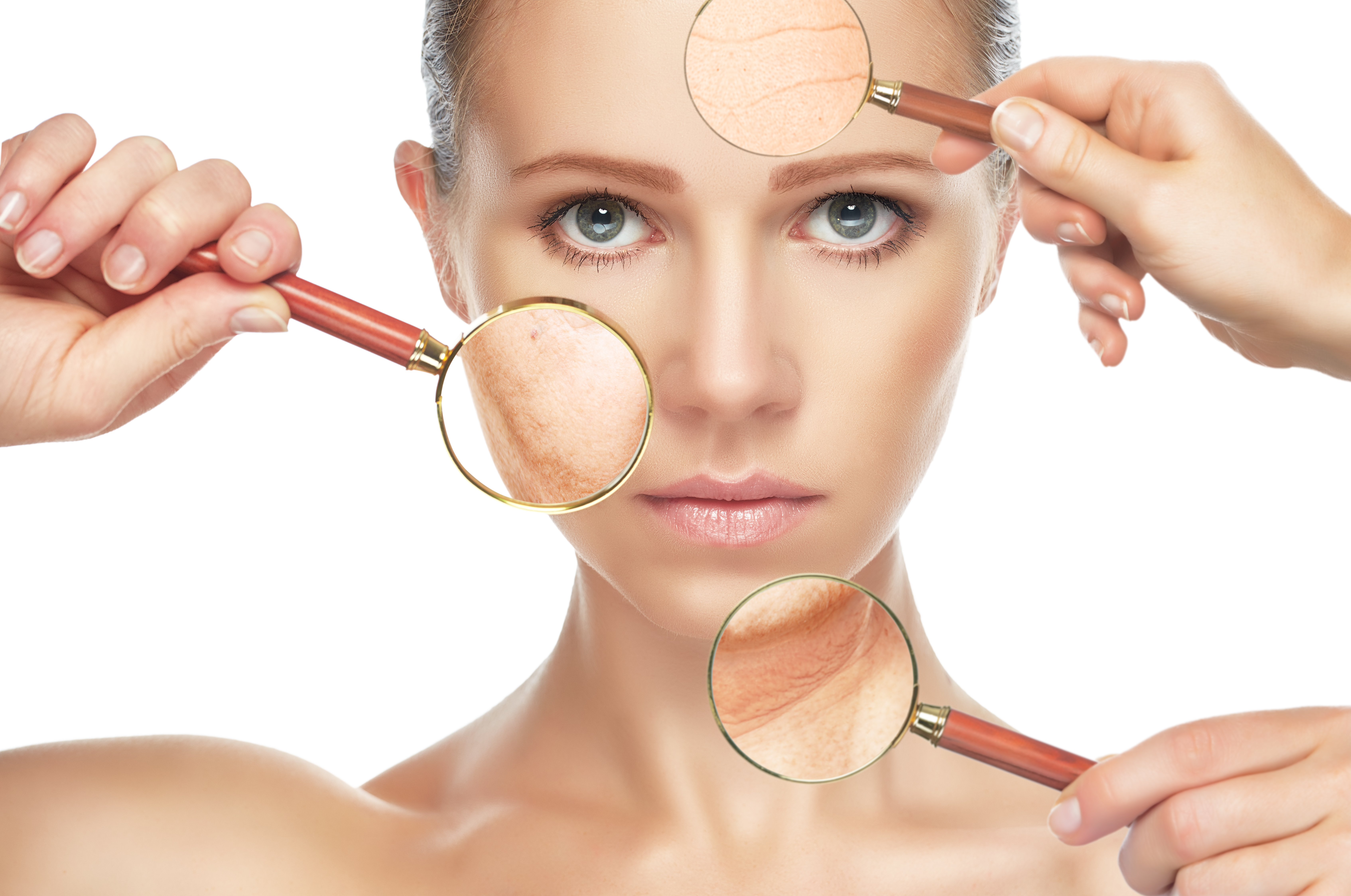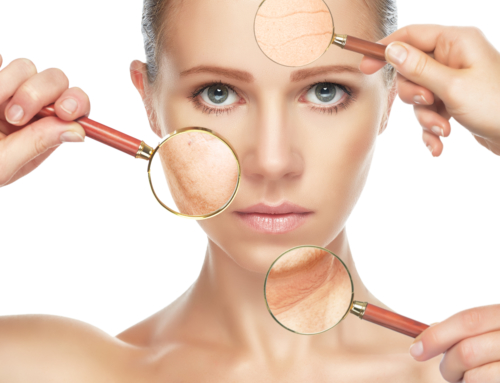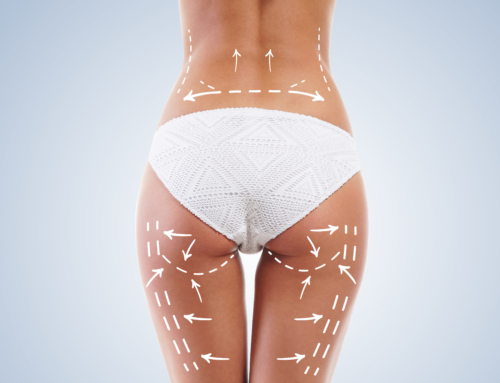Turkey neck is the term used to describe the appearance of loose, sagging skin on the neck. It is a common sign of the aging process and can be caused by a variety of factors. While some people are genetically predisposed to developing turkey neck, there are a few key factors that may contribute to its development.
One of the primary causes of turkey neck is the natural aging process. As we age, our skin begins to lose its elasticity, which can cause it to droop and sag. Additionally, collagen levels begin to decline with age, resulting in a decrease in skin firmness. With less collagen, the skin in the neck area is more susceptible to gravity and can cause it to take on a wrinkled or saggy appearance.
Another factor that can contribute to turkey neck is sun exposure. Prolonged sun exposure can damage skin cells and cause collagen levels to decline even further. This can result in a more pronounced appearance of turkey neck. It is important to protect the neck area from the sun by wearing sunscreen and covering up when exposed to prolonged sunlight.
Weight fluctuations can also lead to turkey neck. When a person gains or loses weight, the skin may stretch or shrink, causing it to sag. This can be especially prominent in the neck area, which may become more noticeable when the person loses a significant amount of weight.
In addition to the natural aging process, genetics may also play a role in the development of turkey neck. Some people are genetically predisposed to developing loose and sagging skin in the neck area. Additionally, certain skin types may be more prone to developing turkey neck.
Finally, smoking can increase the risk of developing turkey neck. Smoking has been linked to a decrease in collagen levels, which can cause the skin in the neck area to become saggy. Additionally, smoking can damage the skin cells and make them more susceptible to wrinkles and sagging.
Turkey neck is a common sign of the aging process and can be caused by a variety of factors. While genetics and some skin types may make a person more prone to developing turkey neck, it can also be caused by the natural aging process, sun exposure, weight fluctuations, and smoking. To help prevent the development of turkey neck, it is important to protect the skin from the sun, maintain a healthy weight, and quit smoking.
Reducing Turkey Neck with Lipofirm
Fortunately, there are ways to reduce the appearance of turkey neck and help improve overall skin texture. Lipofirm is a minimally invasive procedure that can help tone, tighten, and lift sagging skin around the neck and chin area.
Lipofirm is a non-surgical procedure that uses radio frequency energy to stimulate collagen production in the skin. This helps to improve skin elasticity, reduce wrinkles and sagging, and tighten the jowls and neck area. The procedure is relatively short, taking only about 30 minutes, and is a relaxing procedure.
During a Lipofirm treatment, the practitioner will use a handheld device to send radio frequency energy into the skin. This energy will heat up the dermal tissue and stimulate collagen production. This helps to improve the skin’s elasticity, reduce wrinkles and sagging, and tighten the jowls and neck area.
The results of a Lipofirm treatment can be seen almost immediately. After the procedure, the skin may feel a bit tighter and firmer, and will gradually continue to improve over the next few months, as more collagen is produced.
The results of a Lipofirm treatment can last for up to a year or more, depending on the individual’s skin type and lifestyle.
Overall, Lipofirm is an effective and safe way to reduce the appearance of a turkey neck. It is a minimally invasive procedure with minimal downtime and no risk of scarring. Additionally, the results of a Lipofirm treatment can last for up to a year or more and may help improve overall skin texture and tone.
To discuss how Shape and Tone can help you reduce turkey neck, get in touch here.




